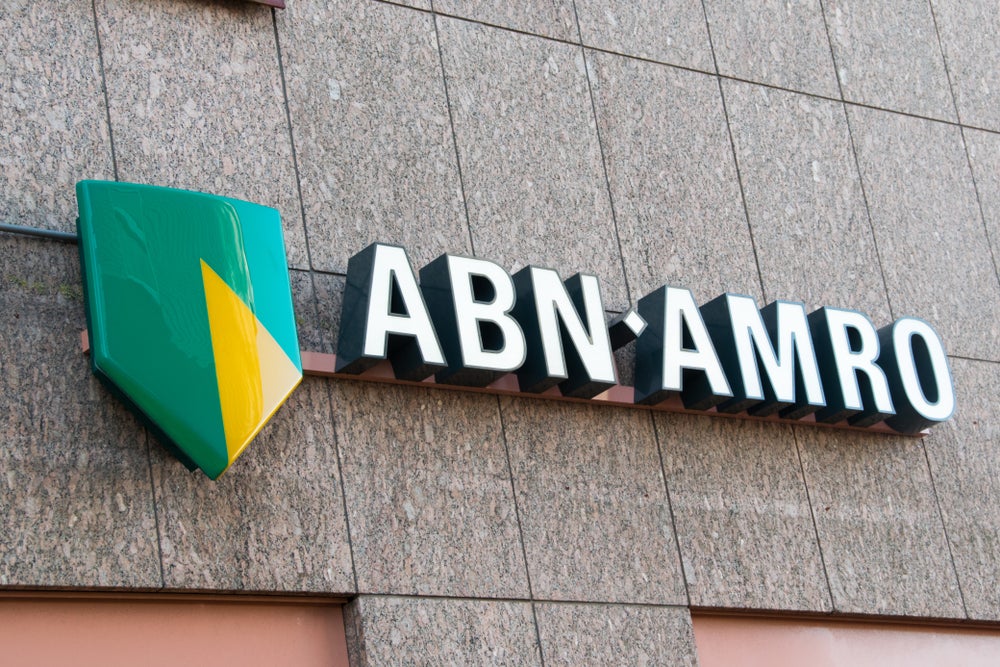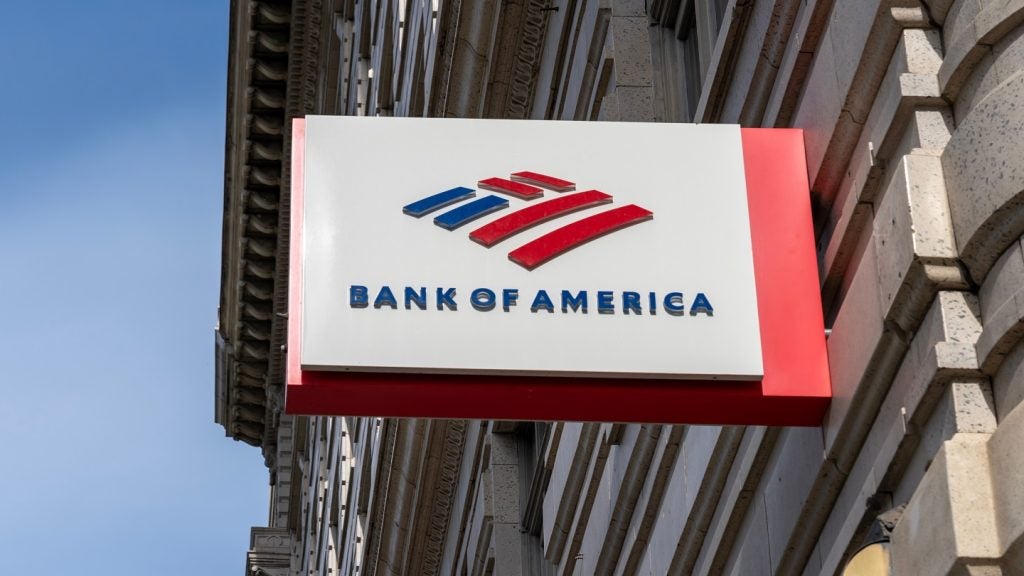
In the realm of business funding, Funding Xchange’s CEO and co-founder, Katrin Herrling, has been steering the ship towards innovation in the asset finance space since the launch of SmartFinance Hub in mid-2021, when Funding Xchange introduced a white-label portal designed to transform the assessment of lending proposals.
Operating initially behind the scenes, the Hub aimed to enhance efficiency, reduce decisioning time, and elevate transparency in the assessment process. Since mid-2023, Funding Xchange has shifted gears and actively sought the limelight by engaging with funders and brokers within the asset finance community to highlight the advantages of providing both parties with a unified portal.
SmartFinance Hub
This strategic move positions SmartFinance Hub as a tool connecting brokers with funders, offering instant feedback on proposal fit according to risk appetite.
“What we’re now doing,” she says, “is turning technology that’s been used behind the scenes, and has transformed the operations of funders, and making that technology available to the benefit of commercial brokers.”
Leasing Life editor Alejandro Gonzalez spoke with Katrin Herrling to delve into the intricacies of SmartFinance Hub and its impact on the asset finance landscape.
Alejandro Gonzalez (AG): Could you explain what multi-propping is, why it is a problem and how your technology enhances transparency in the proposal handling process?
Katrin Herrling (KH): Experienced brokers pride themselves in knowing their funders and being able to select the appropriate lender for each client or proposal. Some less experienced brokers, who have more limited insights into the appetite of funders, have used the introduction of digital processes to deliver the same proposal to a large number of funders to understand what terms come back from funders. This type of multi-propping is causing inefficiencies as each lender spends time assessing the proposal and is unaware that numerous other lenders are doing the same. Valuable time and resources are deployed – while the success rate of getting cases funded, declines.
How well do you really know your competitors?
Access the most comprehensive Company Profiles on the market, powered by GlobalData. Save hours of research. Gain competitive edge.

Thank you!
Your download email will arrive shortly
Not ready to buy yet? Download a free sample
We are confident about the unique quality of our Company Profiles. However, we want you to make the most beneficial decision for your business, so we offer a free sample that you can download by submitting the below form
By GlobalDataSo, what we do is twofold. First: the platform pre-assesses which lenders are a good fit for the proposal – giving brokers instant feedback on fit. If a broker chooses to proceed with more than one funder, they are asked to state they have the customer’s permission (a pop-up screen asks the broker to confirm they have permission from the client to proceed with more than one funder). Second: we give the funder visibility that this is a multi-prop proposal. So, funders have oversight of the share of proposals they have received from a brokerage that is multi-propping. This transparency leads to the behaviour everyone benefits from.
AG: How do you support independent brokers in maintaining funding lines and delivering access to the best funding solutions?
KH: What we’ve seen across many funders is that they have significantly reduced the number of brokers they are prepared to deal with. Specifically brokers who are perceived to prop infrequently or have inconsistent look-to-book ratios.
[Editor: Look-to-book is a metric used by funders to gauge a broker’s efficiency and effectiveness in converting potential opportunities, or ‘looks’, into actual business, or ‘books’]
What we’ve done is reopen some funding lines for smaller, mid-sized brokers, where funders have agreed to re-onboard these brokers. The technology we provide helps funders to distinguish between brokers who don’t propose very many deals, but when they do they have very high closing rates, versus brokers who submit a plethora of proposals and who have lower conversion rates. Our reporting can help identify valuable partnerships with smaller brokers and work with funders to ensure the right efficiencies are introduced and that the cost-efficiencies funders want to see are there.
AG: How does broker proposal behaviour translate to improved efficiency?
KH: Because we capture every interaction digitally, we have transparency around how brokers are behaving from a compliance and efficiency perspective. For example, we can show how the fit of a proposal is considered by brokers when selecting a funder. We are also introducing the option for the broker to capture information on why a specific funder has been selected – this creates evidence that can be re-examined if there are any questions in the future.
AG: How does the SmartFinance Hub help brokers and funders navigate the evolving regulatory landscape?
KH: Brokers and funders need to be able to evidence how their interactions are compliant – especially with Consumer Duty now in force and the fallout from the Motor Finance review – this has become a huge topic for funders and brokers alike. Digitising the proposal creation and funder selection process creates the opportunity to ‘build in’ compliance steps – e.g. capturing the source of the lead or the customer needs consistently. This does not create bureaucracy – as many of these steps form part of the background data we capture rather than introducing more administrative tasks or compliance checklists.
This is also relevant for compliance with data management obligations. A subject that will only continue to grow in terms of the expectations of regulators. For example, we’re working with tier-one banks putting in place processes with brokers where adherence to GDPR [General Data Protection Regulation] can be easily demonstrated, which includes the data management of PII [Personally Identifiable Information] data so it follows the applicable data management policies, and that the right permissions are held for sharing PII data and for taking of credit footprints, etc.
So, from a GDPR perspective, you can imagine that a platform that centralises the collection of information holds permissions and is able to evidence what has been done with data, offers huge comfort around GDPR for brokers and lenders.
In fact, our platform was built around the time GDPR was introduced [May 2018] with the intent of making these processes part of our approach – rather than a separate admin step. Interestingly, the Consumer Duty requirements are relatively straightforward for us to demonstrate because we’re capturing the actions and the outcomes of proposals as they are happening.
The broker is able to demonstrate that they’ve looked at more than one funder, which is the requirement from the FCA, that you’ve assessed a minimum of three different options. So, for each individual proposal, you can evidence, as a broker, what you’ve done, including the client’s suitability assessment.
This offers users comfort around the behaviour of each individual broker within their organisation and, with many of these firms having 50, 60 or 70 employees, firms need to evidence this for every single employee acting as a broker. Our solution allows you as a broker to evidence this.
But we know that exposure ultimately rests with the funder. The funder must be comfortable and needs to be able to evidence that they have comfort around how brokers are behaving. And it’s that code of conduct both from the FLA and the NACFB [National Association of Commercial Finance Brokers], that is seeking to govern the appropriate interaction between brokers and funders.
We fundamentally believe that evidencing compliance should be done as much as possible without creating an additional layer of administrative overheads. Everyone is worried that the cost of compliance is becoming so large in this industry, that more and more brokers are leaving the sector and funders are cutting the lower end of their broker panels. So, what we are focused on is not just enhancing the standards of compliance, but reducing the cost of compliance, hence maintaining viability for smaller firms and for funders to limit their exposure.
AG: How does your solution strike a balance between streamlining processes and maintaining the human touch in broker-client relationships?
KH: This is important to us. What we do is simply take away some of the administrative and compliance tasks that prevent professional brokers from building their client relationships. From our perspective, technology should enable brokers to focus more on client relationships.
We have funders who have made our technology part of their credit policy, and they have not required brokers to use our technology, because they’re so focused on the human interactions aspect, but in the background, they have used the technology to assess proposals. And the funders say that using our technology has seen them double their capacity for underwriting. Why? Because the system has removed the proposals they’re never going to fund while also reducing the need for documentation from brokers.
We have funders who have reduced their need for documentation by 50% and, as a result, there are fewer administrative tasks on the broker side too. Those proposals that are relatively clean and easy to fund suddenly become very fast to consider in terms of decisioning. And what the broker gets in return is less admin, not having to hunt down bank statements or cash flow statements, and therefore garner much faster decisions. And so overall, this increase in capacity and underwriting has translated into bringing down decisioning times from a couple of days to a couple of hours. Everyone benefits from less admin and faster decisions. For all parties it’s a win-win.
AG: How does your Hub address the trend for disintermediation and help brokers maintain their relevance in this landscape?
KH: It’s long been a concern that technology will make brokers less relevant. What we’ve seen in other sectors is that brokers who add value and who have business models that stand the test of time will survive and thrive. Given the lack of relationship managers from the big banks to support SMEs, there’s a huge need for brokers to fill this space.
From my perspective, disintermediation happens where there’s no value-add from brokers. And absolutely, I support brokers in being able to address the compliance challenges they’re facing, because the compliance challenges have led more people to exit the market as they’re finding it too tedious to deal with the compliance challenges, or because funders are withdrawing funding lines. What I can see is that the threat is more likely to come from compliance and administrative processes than from technology taking away opportunities from brokers.
AG: Are the banks hedging their bets, investing in their own proprietary portals while dabbling with your proposition – all the while everyone is waiting to see where it’s all going?
KH: My viewpoint is that there will be diversity in the ways brokers and funders interact. I think we have an important role to play. The challenge that all funders have, whether large or small, including the high street banks, is with the adoption of the available digital technology which, I would say, is currently held back by two factors: a) brokers are not a fan of having 15 different portals where they need to keep login details and replicate the same application 15 times, and b) technology that does not make their life easier in terms of giving them faster decisions, making it easier to evidence compliance, making it easier to get the data collected in the portal. I think that those two things, putting up barriers by having multiple portals and having to replicate information and data entry are not going to help.
Also, each portal that provides access to multiple funders still needs to support brokers in the execution of their activities, so both parts are important. I think we address both of these areas.
Katrin Herrling is the CEO and co-founder of the Funding Xchange and SmartFinance Hub.







